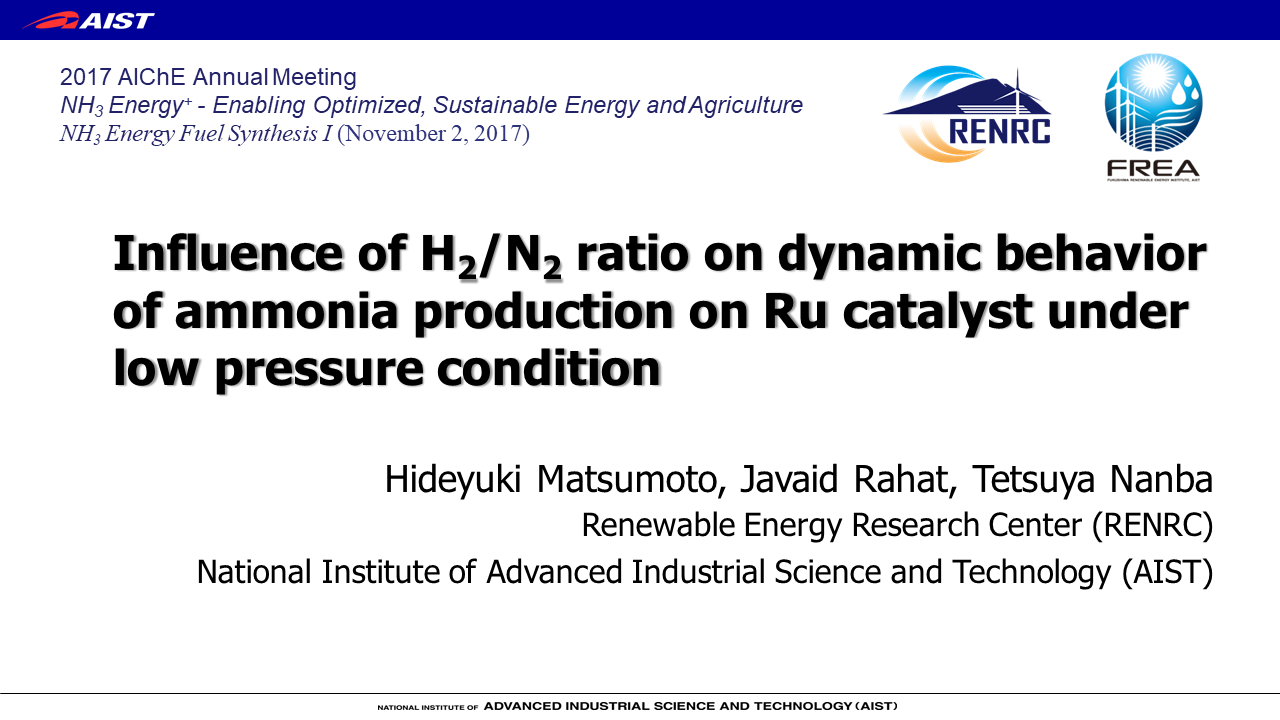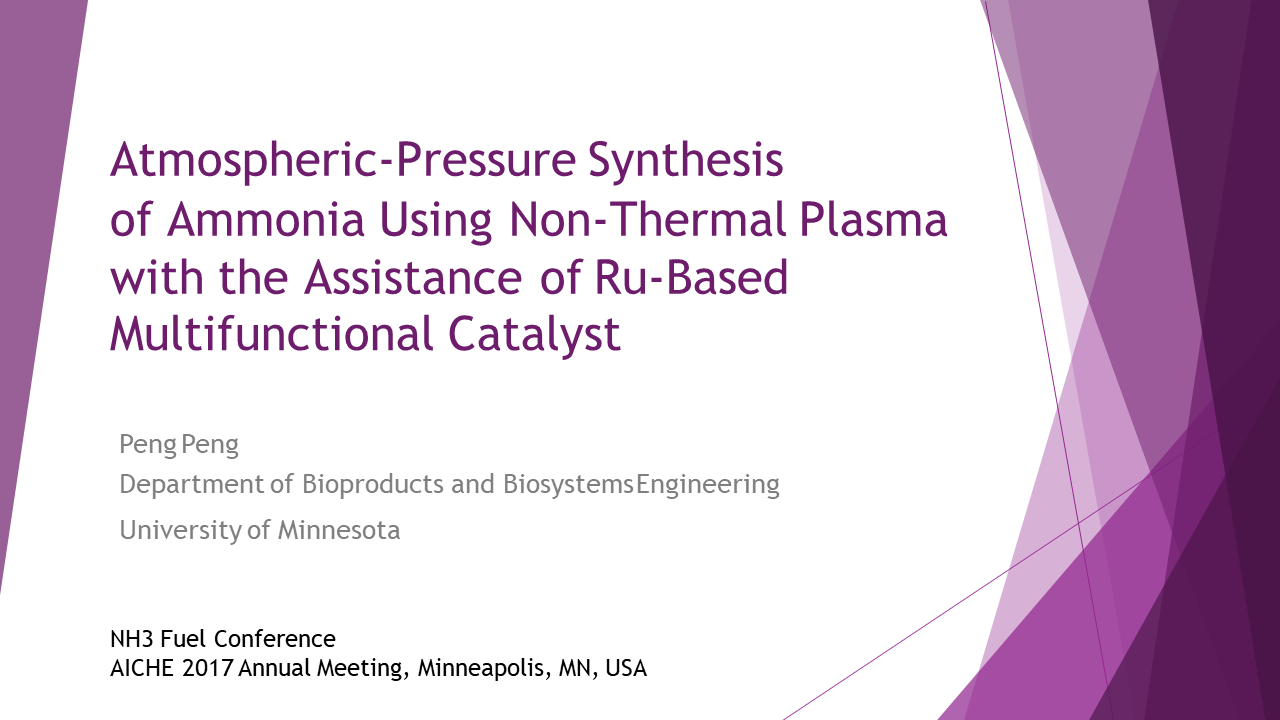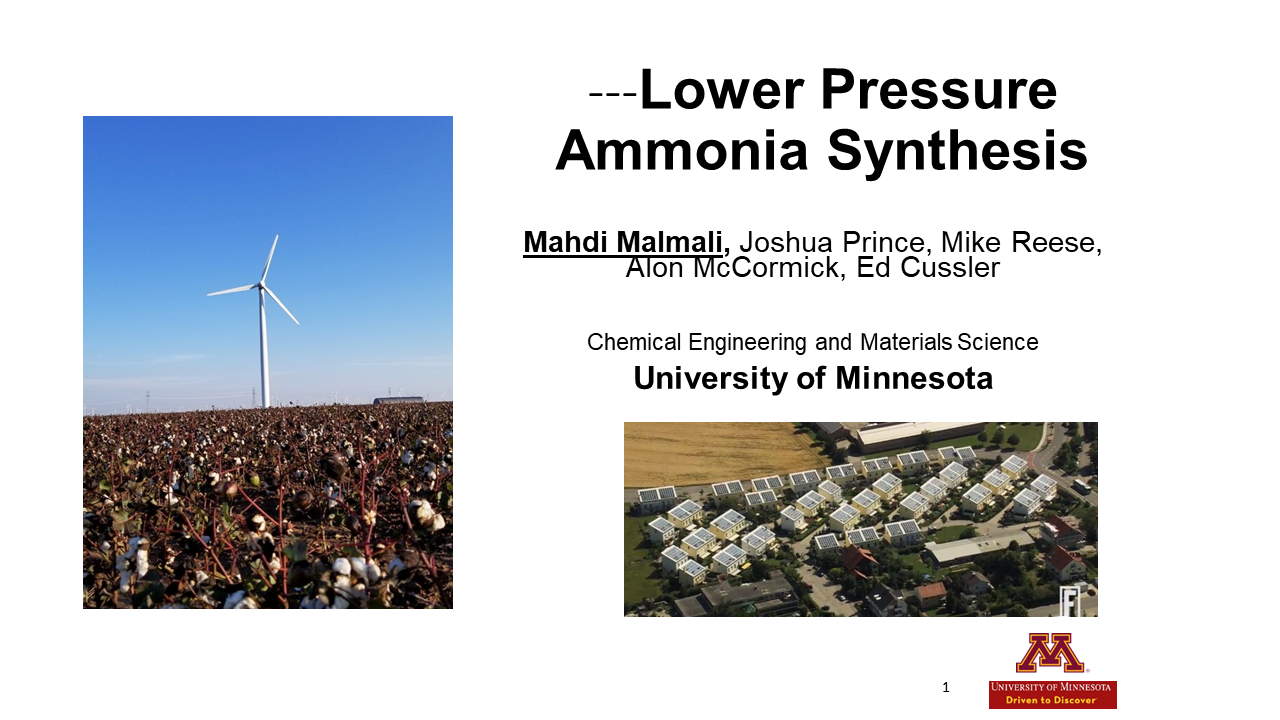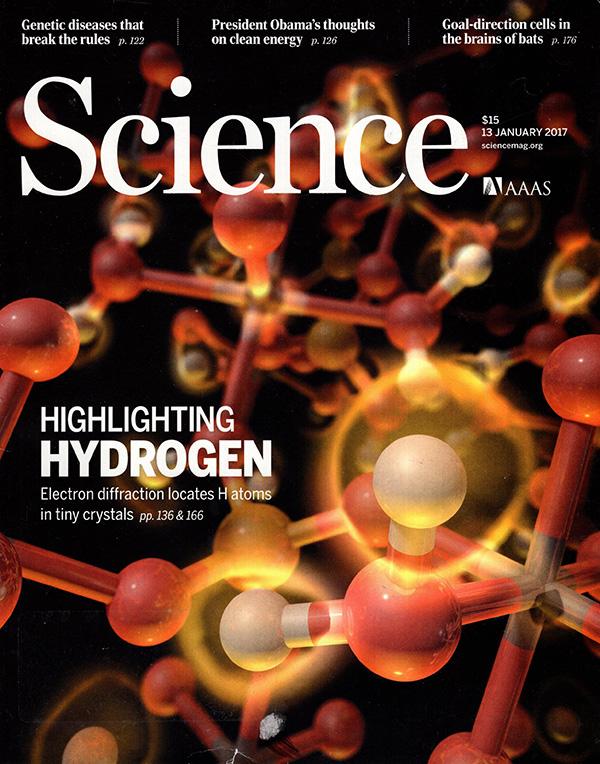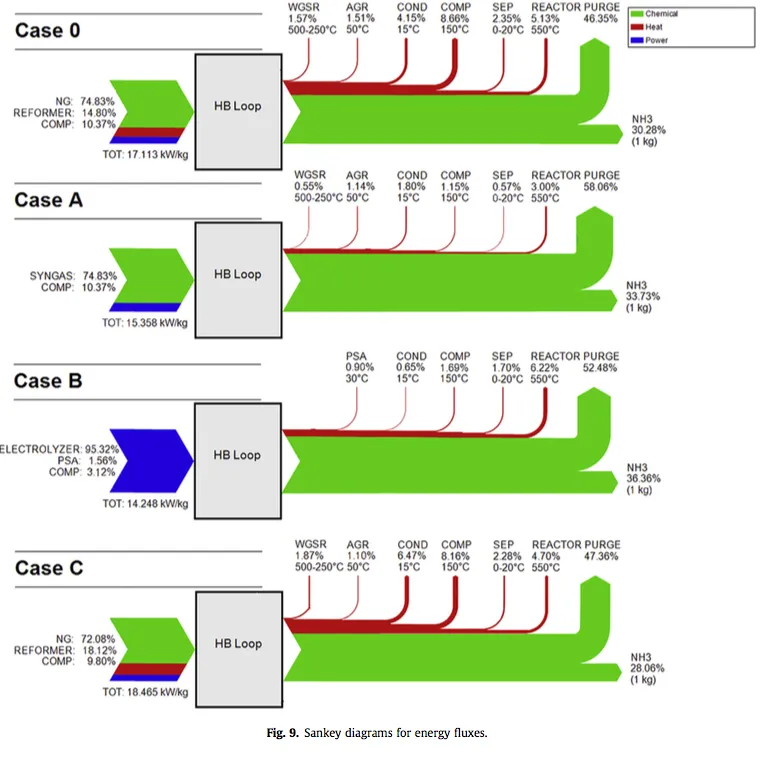Improved Haber-Bosch
Load Range Enhancement of Haber-Bosch Process Designs for NH3 Sustainable Energy Storage By Multi-Parametric Optimization
Influence of H2 / N2 Ratio on Dynamic Behavior of Ammonia Production on Ru Catalyst Under Low Pressure Condition
Atmospheric-Pressure Synthesis of Ammonia Using Non-Thermal Plasma with the Assistance of Ru-Based Multifunctional Catalyst
Lower Pressure Ammonia Synthesis
International R&D on sustainable ammonia synthesis technologies
Over the last few weeks, I've written extensively about sustainable ammonia synthesis projects funded by the US Department of Energy (DOE). While these projects are important, the US has no monopoly on technology development. Indeed, given the current uncertainty regarding energy policy under the Trump administration, the US may be at risk of stepping away from its assumed role as an industry leader in this area. This article introduces seven international projects, representing research coming out of eight countries spread across four continents. These projects span the breadth of next-generation ammonia synthesis research, from nanotechnology and electrocatalysis to plasmas and ionic liquids.
Comparative studies of ammonia production, combining renewable hydrogen with Haber-Bosch
In recent months, research teams from both Canada and Italy have published comparative analyses of sustainable ammonia production pathways. These projects aim to quantify the costs and benefits of combining Haber-Bosch with a renewable hydrogen feedstock. Both projects examine the carbon intensity of ammonia production but, while the Canadian study broadens its remit to a full life cycle analysis, including global warming potential, human toxicity, and abiotic depletion, the Italian study focuses primarily on energy efficiency.

